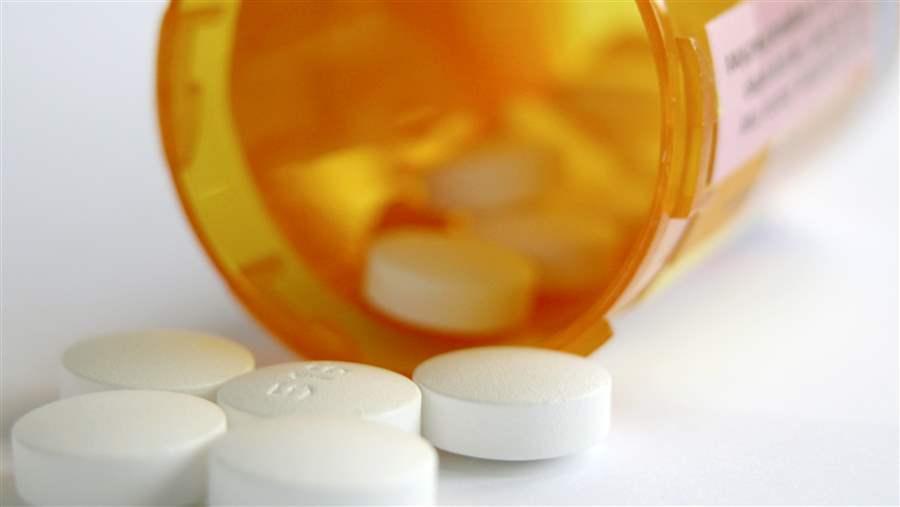Compounding Is Not a Safe Solution to Rising Drug Prices
Pharmacy-produced copies of FDA-approved drugs lack adequate testing and could put patients at risk

Some drug compounding firms have suggested that their products could mitigate the impacts of recent sharp price increases for a number of medicines, but such an approach would carry risks to patient safety.
© Lisa F. Young/iStockphoto
Pharmacists often make drugs for patients whose clinical needs cannot be met by a commercially available product, a practice known as compounding. But should pharmacists compound drugs to reduce costs for patients and the health care system? Some large compounding firms have proposed themselves as a solution to recent sharp price increases for a number of medicines, including EpiPen-brand epinephrine auto-injectors and the anti-parasitic medicine Daraprim. High drug prices can be catastrophic for people with serious illnesses or allergies, but patients, health care providers, and policymakers must carefully consider the risks to patient safety that such an approach would bring.
Compounding is an important part of health care in specific circumstances. For example, a child who needs a liquid version of a medicine that is approved by the Food and Drug Administration only in pill form can get that drug from a pharmacy. However, compounded products do not undergo the rigorous testing required of FDA-approved medications. This testing is considered the gold standard for drug approvals and includes demonstrating that the drug is safe and effective, and proving that it can maintain stability and will not degrade within the shelf life identified on the label.
The safety and effectiveness of a drug depend not only on its active ingredient, but also on its formulation. Any drug product is a combination of active medicine; inactive ingredients such as binding agents, dyes, preservatives, and flavorings; and a specific formulation (e.g., tablet, capsule, injection, or cream). And in some cases, such as EpiPen, the drug delivery device itself can be complicated to produce. All of these factors can affect the safety, potency, and stability of a drug and how well it is absorbed by the body.
A new ingredient combination, formulation, or method of delivery can make a drug less effective or less safe. For example, one EpiPen competitor was recalled by its manufacturer when it was discovered that the device could potentially deliver the wrong dose. That is why drugmakers wishing to create a new combination, formulation, or means of administration must undergo thorough FDA review of the product and the specific manufacturing practices used to create it. Compounders do not undergo the same scrutiny. Substituting unproven, compounded versions of FDA-approved drugs exposes patients to unknown risks and undermines the incentive for pharmaceutical companies to do the testing necessary to protect patients.
Access to affordable medications is vital. Policymakers and others, including Pew, are working to find solutions to high drug costs. However, the answer is not to undermine the FDA approval process or ask patients to accept potentially substandard products by turning to compounding.
Elizabeth Jungman directs The Pew Charitable Trusts’ work on public health, and Chuck Shih leads Pew’s specialty drugs research initiative.






